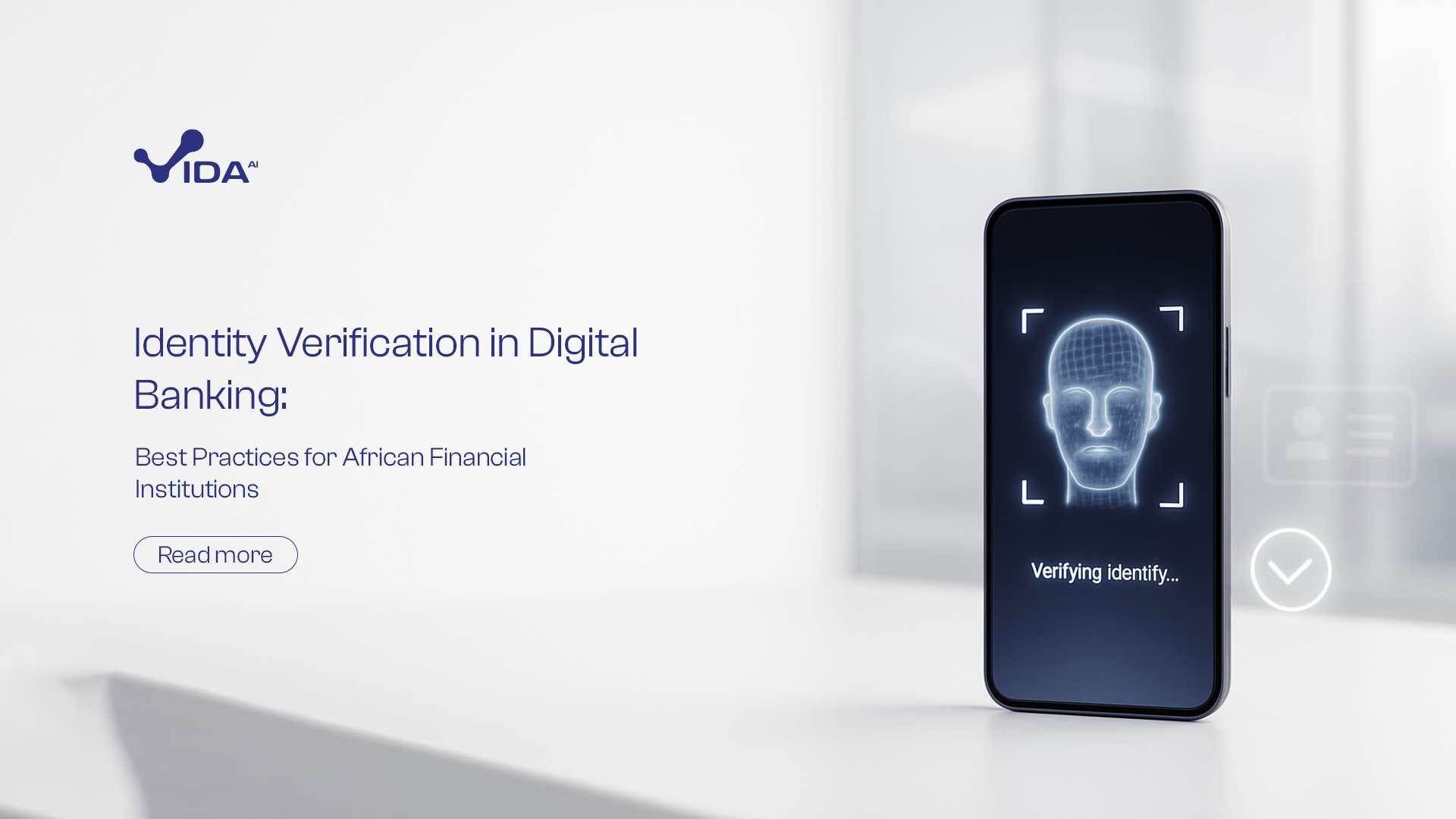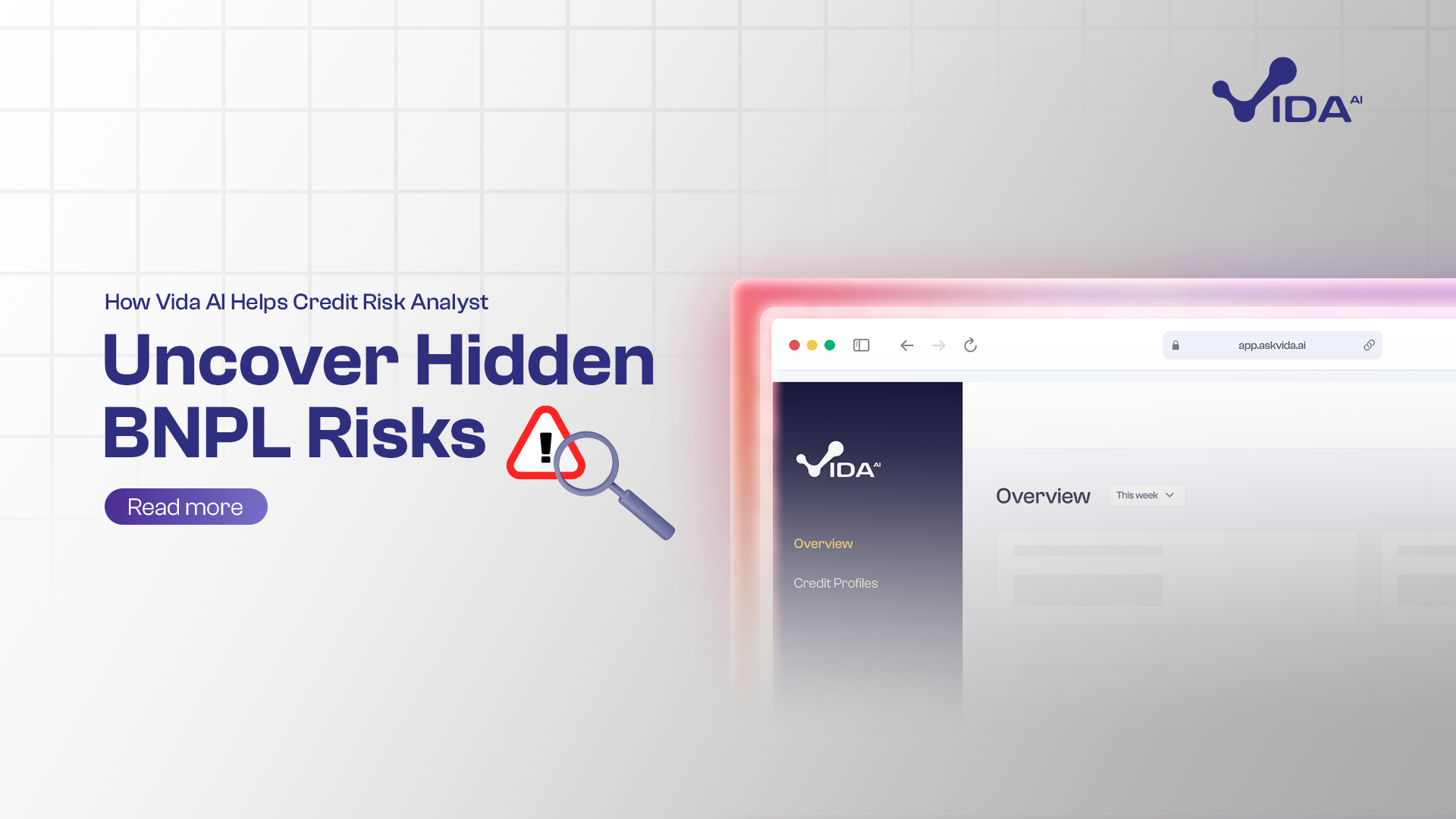back to Articles
Identity Verification in Digital Banking: Best Practices for African Financial Institutions

Eniayewu Josephine
Content Writer
Africa's digital banking revolution is accelerating. In 2023 alone, more than 500 million Africans used mobile money services, with Sub-Saharan Africa accounting for 70% of the world’s $1.26 trillion in mobile money transactions, according to the GSMA. But behind this growth lies a silent risk: identity fraud. Without robust digital identity verification, the very innovation driving financial inclusion could expose institutions to fraud, regulatory scrutiny, and reputational damage.
In a continent where over 500 million people still lack formal identification, yet digital banking adoption is skyrocketing, financial institutions face a paradox. They must verify users with limited official documents without compromising on security, compliance, or customer experience.
The path forward lies in purpose-built, locally intelligent identity verification strategies. The stakes are high, but so are the rewards.
Why Identity Verification is No Longer Optional
The costs of poor verification are staggering:
- In 2022, African banks lost $1.5 billion to fraud, much of it linked to compromised or spoofed identities (AFI, 2023).
- Fintech startups have seen customer drop-off rates of 30–50% during onboarding due to friction in verification processes (McKinsey Africa).
- Central banks from Nigeria to Kenya are tightening e-KYC compliance, increasing enforcement of AML/CFT rules tied to digital identity.
In this regulatory and competitive environment, identity verification is not just a back-office function. It’s a frontline differentiator. Institutions that get it right can simultaneously reduce fraud, improve onboarding speed, and boost customer trust.
The African Context: Unique Challenges in Digital Identity
Unlike in Europe or North America, African financial institutions must grapple with:
- Lack of standardized IDs: Many customers present voter cards, utility bills, or even handwritten birth certificates as identification.
- Multilingual, multi-ethnic populations: Names and biometrics vary significantly across regions, complicating verification algorithms.
- Connectivity and infrastructure gaps: Real-time identity verification in rural areas must work with low bandwidth and offline capabilities.
- Trust deficit: Customers may be wary of data collection, especially where digital rights protections are weak.
The answer is not to replicate Western models, but to build contextually aware systems that combine traditional KYC with modern machine learning, biometric validation, and national ID integration where available.
Best Practices for Identity Verification in African Digital Banking
To strike the right balance between compliance, security, and inclusion, financial institutions should adopt these key strategies:
1. Layered Verification Approach
Don’t rely on a single method. Use a multi-factor identity verification model combining:
- Document verification (national ID, passport, voter card)
- Biometric authentication (facial recognition, fingerprint)
- Behavioral analytics (typing speed, device fingerprinting)
- Geolocation matching with user declarations
For example, Nigeria’s digital banks like Kuda and Carbon use layered verification, starting with BVN matching and escalating to facial biometrics for high-value transactions.
2. Local Data Partnerships
Leverage partnerships with telcos, credit bureaus, and national ID registries to access verified identity datasets. In countries with fragmented ID systems, APIs that pull from multiple sources can fill the verification gap reducing fraud and enhancing customer confidence.
3. Mobile-First Verification
With over 75% of African internet users accessing the web via smartphones, design your verification journey for mobile-first users. This means:
- Optimized image capture for document scans
- Low-latency facial recognition
- Offline verification options for low-connectivity areas
A successful example is Flutterwave, which uses mobile-first onboarding to onboard merchants across Africa with minimal drop-offs.
4. AI-Powered Fraud Detection
AI can detect fraudulent documents, impersonation attempts, and unusual behavioral patterns in milliseconds far beyond human capacity. By training models on African data, institutions can recognize region-specific fraud vectors, such as recycled IDs or facial spoofing via printed photos.
5. Transparent, Inclusive Design
Effective verification is not just about technology, it’s about building trust. Institutions should:
- Clearly communicate why data is collected and how it’s protected
- Provide alternatives for customers without formal ID
- Offer support in local languages and via USSD for the unbanked
Inclusivity breeds loyalty. When customers feel respected and safe, they stay.
Regulatory Alignment: Turning Compliance into Competitive Advantage
Governments across Africa are stepping up digital ID mandates:
- Nigeria’s CBN requires NIN-BVN linkage for bank accounts
- South Africa’s FIC mandates real-time client identification for fintechs
- Ghana’s BoG is piloting biometric verification for remote onboarding
Forward-looking banks should treat these not as compliance burdens but as opportunities to standardize and scale verification frameworks.
By proactively aligning with these regulations, banks can reduce audit risk, unlock cross-border interoperability, and gain first-mover trust in the emerging digital ID ecosystem.
Conclusion
Identity verification is not a cost center. In the African context, it is a strategic enabler of inclusive growth, financial access, and digital trust.
Financial institutions that invest in intelligent, local-first identity systems will be the ones to scale safely, win customer loyalty, and withstand regulatory scrutiny. The opportunity is immense: with the right approach, Africa’s banks can onboard the next 300 million users not in years, but in months.
Sign Up Now to verify users faster, fight fraud smarter, and stay compliant with VIDA’s AI-powered identity verification designed for Africa’s digital banking landscape.

